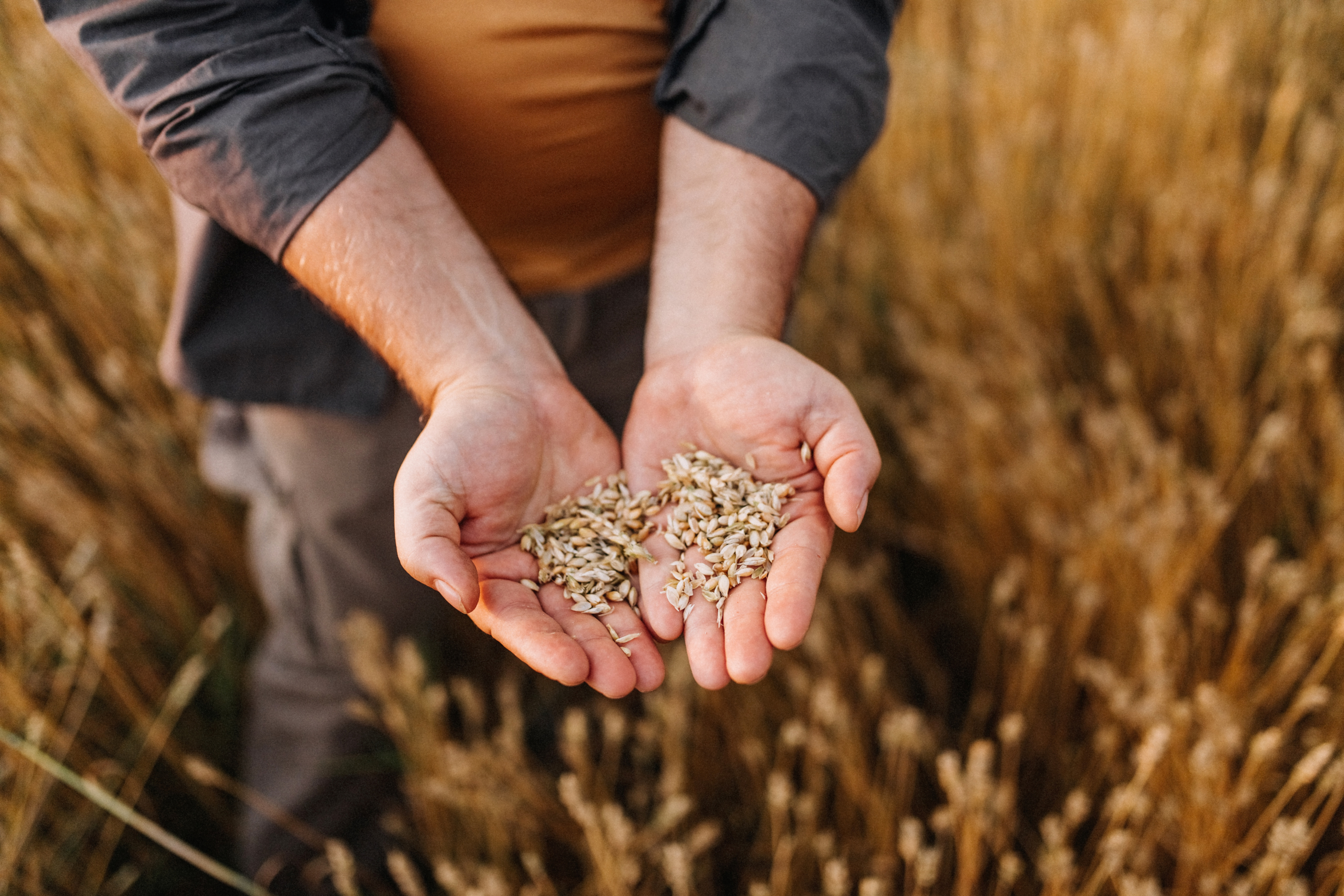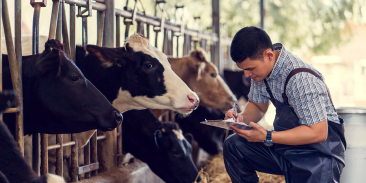We can make our food supply secure to 21st century climate realities
By Amanda Leland, Executive Director
Seventy years ago, the world came together to revolutionize the way we produce food, dramatically increasing our ability to sustain a growing population. But the system created in the 1950s — which relies on a very small number of crops and policies, financing and tools aligned with those crops — has become vulnerable to 21st century risks.

Food producers everywhere, including millions of farmers, are stuck in the middle. They are working harder to produce the same crops under the same support system — and against significant shifts in the climate.
With more than 150 countries endorsing a declaration on sustainable agriculture at this year's climate conference in Dubai, it’s time to talk about developing a new approach to food production that meets the reality of our rapidly changing future.
Our current food system needs an upgrade
Evidence of the new reality is everywhere. Droughts, severe heat, and other impacts of climate change are threatening our ability to grow, harvest and catch food. And with just 15 plants providing 90% of all calories globally, the world is dangerously dependent on just a few food sources.
At the same time, the way we produce food itself is a significant contributor to climate change. Food systems account for one-third of global emissions. Farmers and fishers are already drilling deeper for water, traveling further for a day’s catch, and applying more fertilizer to sustain production. We need an approach that helps them continue to produce nutritious food and be a bigger part of the climate solution.
It's time to break free of past practices that endanger both our food supply and the livelihood the those who produce it. One example of the danger: a recent analysis by EDF shows major US crops such as corn, wheat, and soy, are at risk from climate change in places like Iowa, Kansas and Minnesota. This year’s wheat harvest in Kansas is the lowest since 1960. That hurts farmers and all those who depend on them. And the same thing is happening across the globe.
A more stable way forward for our food supply
A big part of making the transition will be creating local availability of a wider selection of plants, animals, fish, and seafood to ensure we have enough to eat. Just as a diverse stock portfolio protects your retirement savings in the face of future uncertainties, a more diverse global food supply will ensure nutritious foods for the future. The same study of Midwestern agriculture shows crop production in Kansas could be protected by swapping out some current crops with sorghum, rye, oats and millet. That would help growers manage with decreased water availability and hotter temperatures; and boost nutritional yield per acre.
Technology will be a big part of the answer. Advances are being made at every stage of production — seed development, planting date analysis, irrigation schedules, pest and disease management, soil and plant tissue analysis, and harvest and yield monitoring. We are also already tracking changes in fishery productivity as ocean conditions change. Under changing climate conditions, farmers and fishers need the ability to plan for future business and environmental outcomes under a range of food and climate scenarios.
Governments will also need to drive toward policies that better support food producers in the hotter future ahead. Currently most countries provide some form of farmer protection — like price support and crop insurance — only for staple crops and often just for practices anchored in past climate conditions. That makes it very hard for farmers to shift their businesses to adapt and thrive.
We’ve adapted before, we can do it again to feed the world
There is an urgent need to recognize this reality and act quickly to meet this challenge. Aligning public, private, and philanthropic finance to promote food systems adaptation and resilience — with a focus on supporting developing countries and the most vulnerable food producers — is essential to make changes at the pace and scale required.
Farmers and fishers have always adapted to changing conditions and new global realities. That spirit of innovation enabled them to feed the world as it grew. But the world is changing faster than ever, and in unprecedented ways. We can’t allow climate change to threaten all the progress we’ve made.










